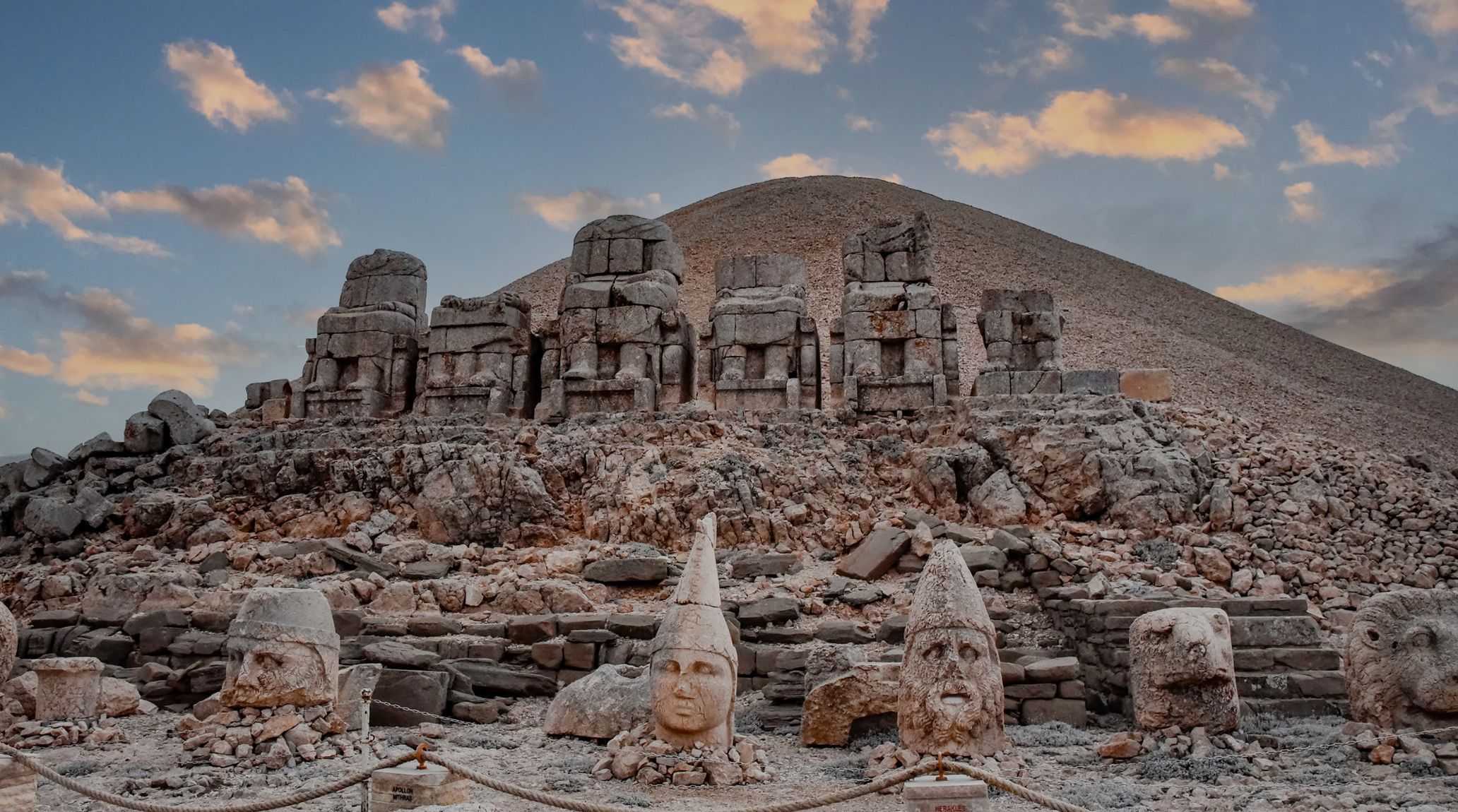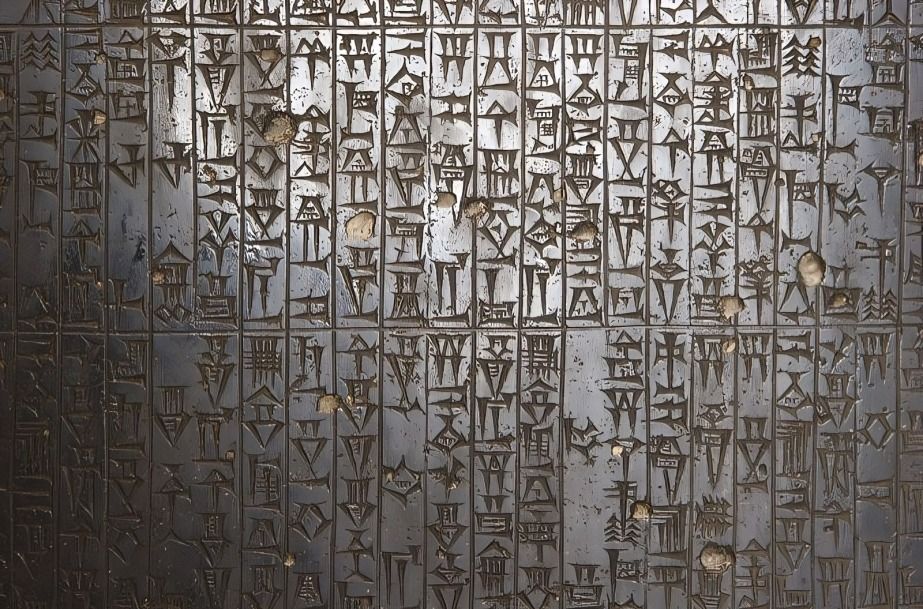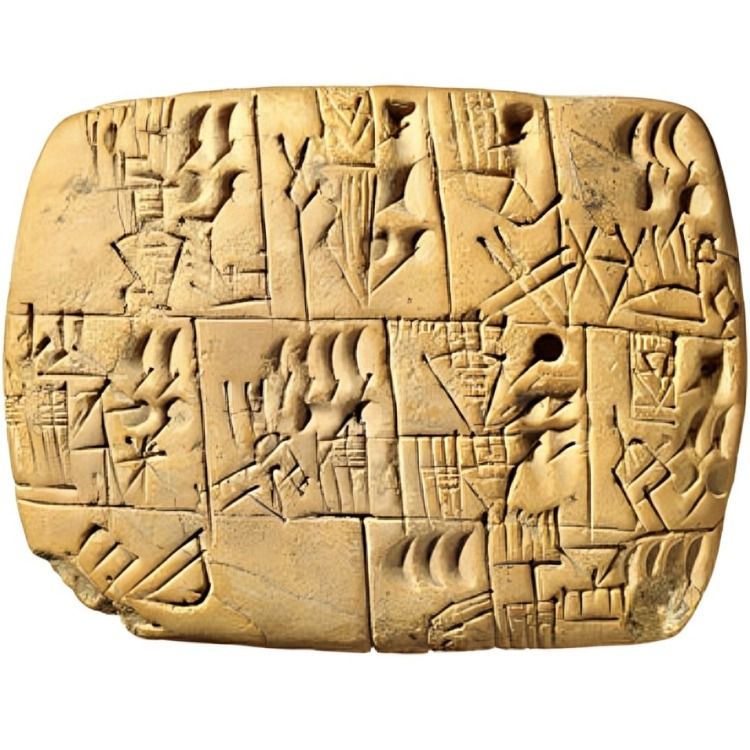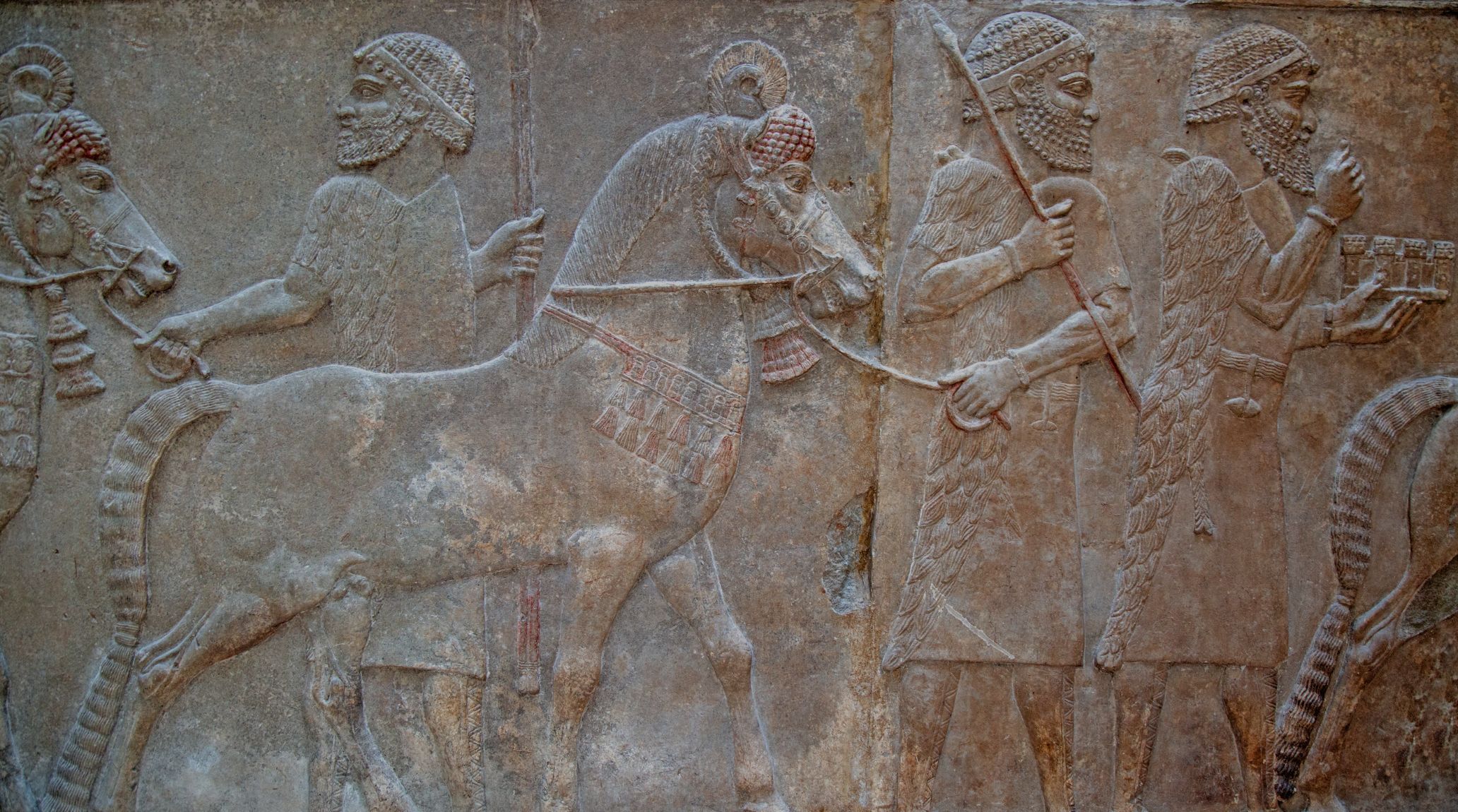
“
Mesopotamia, often called the "cradle of civilization," is a land filled with fascinating stories and incredible achievements. Located in the region of modern-day Iraq and parts of Iran, Syria, and Turkey, Mesopotamia is where some of the earliest human advancements took place. Let's journey through 20 intriguing facts about this ancient land.1
1
”
Mesopotamia, in Greek, refers to the region between the Tigris and Euphrates rivers, encompassing modern-day Iraq, parts of Iran, Syria, and Turkey. It is renowned as the "cradle of civilization". 1
One of Mesopotamia's most significant contributions to humanity is the invention of writing. The Sumerians developed cuneiform, a system of writing on clay tablets, around 3200 BCE. This allowed them to record laws, trade transactions, and stories. 2
Mesopotamia is home to some of the world's first cities, such as Uruk, Ur, and Babylon. These cities were bustling centers of trade, culture, and innovation. 3
One of the oldest known stories, the "Epic of Gilgamesh," comes from Mesopotamia. This epic poem tells the adventures of Gilgamesh, a legendary king. It explores themes of heroism, friendship, and the quest for immortality. 4
The Mesopotamians were pioneers in agriculture. They developed irrigation systems that transformed the dry land into fertile fields, allowing them to grow crops like barley, wheat, and dates. 5

The Code of Hammurabi is one of the earliest and most complete written legal codes. Created by King Hammurabi of Babylon around 1754 BCE, it includes laws on justice, family, and property.
Ziggurats were massive temple complexes in Mesopotamian cities. These stepped structures were dedicated to gods and goddesses, serving as religious and administrative centers. 6
The wheel, a crucial invention for transportation and technology, was first used in Mesopotamia around 3500 BCE. This innovation revolutionized travel and trade.7
Mesopotamians made significant advancements in mathematics and astronomy. They developed a base-60 number system, which we still use to measure time (60 seconds in a minute, 60 minutes in an hour).8
The Mesopotamians made early advancements in medicine. They practiced various medical techniques, including surgery, and used herbal remedies to treat illnesses. Medical texts from this era show a combination of scientific.9
Mesopotamia's location between the Tigris and Euphrates rivers made it a hub for trade. Merchants traded goods such as textiles, metals, and pottery with distant lands like Egypt and the Indus Valley.10
The Mesopotamians were polytheistic, worshiping many gods and goddesses. Each city had its patron deity, and temples were central to community life.11
The Sumerian King List is an ancient manuscript that lists the kings of Sumer (ancient southern Mesopotamia) and their reigns, blending historical and mythical accounts. 12
The fall of Babylon in 539 BCE to the Persian king Cyrus the Great marked the end of Babylonian supremacy but highlighted the region's strategic importance throughout history. 13
The concept of the zodiac was developed in Mesopotamia. The Babylonians divided the sky into twelve sections, laying the foundation for modern astrology. 14

Mesopotamians used clay tablets for writing and record-keeping. These durable tablets have provided archaeologists with a wealth of information about ancient Mesopotamian society.
Mesopotamian art includes intricate pottery, cylinder seals, and statues. These artifacts often depict gods, myths, and daily life. 15
Schools in Mesopotamia, known as "edubbas," were primarily for scribes. Students learned to write cuneiform and study subjects like mathematics and literature. 16
Mesopotamians were skilled architects and engineers. They built impressive structures, including palaces, temples, and fortifications, using bricks made from mud and reeds. 17
The innovations and ideas from Mesopotamia laid the groundwork for future civilizations. Their advancements in writing, law, and science continue to influence our world today. 18


